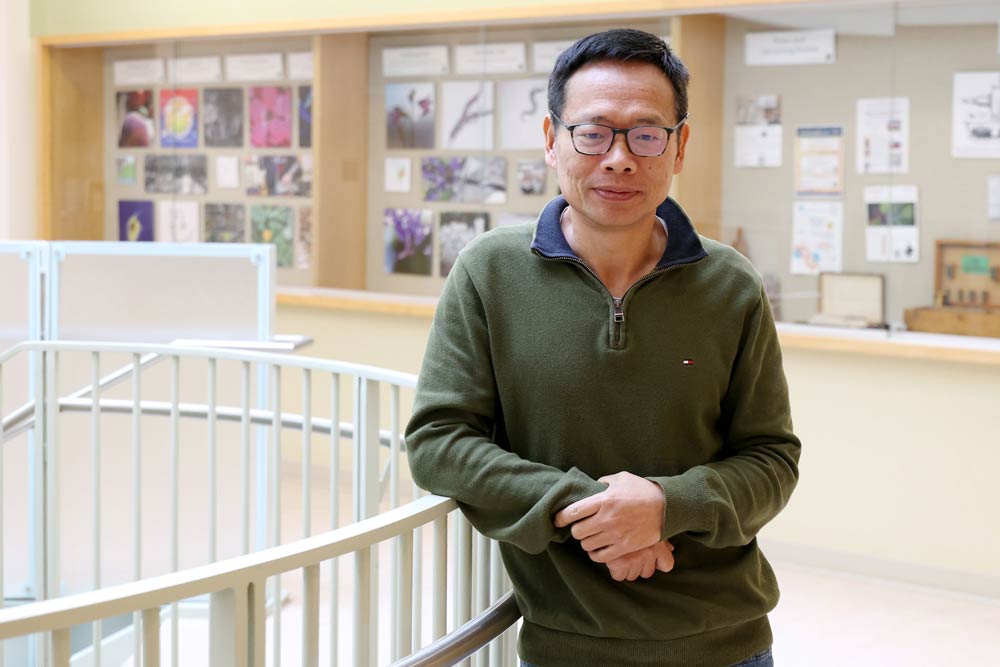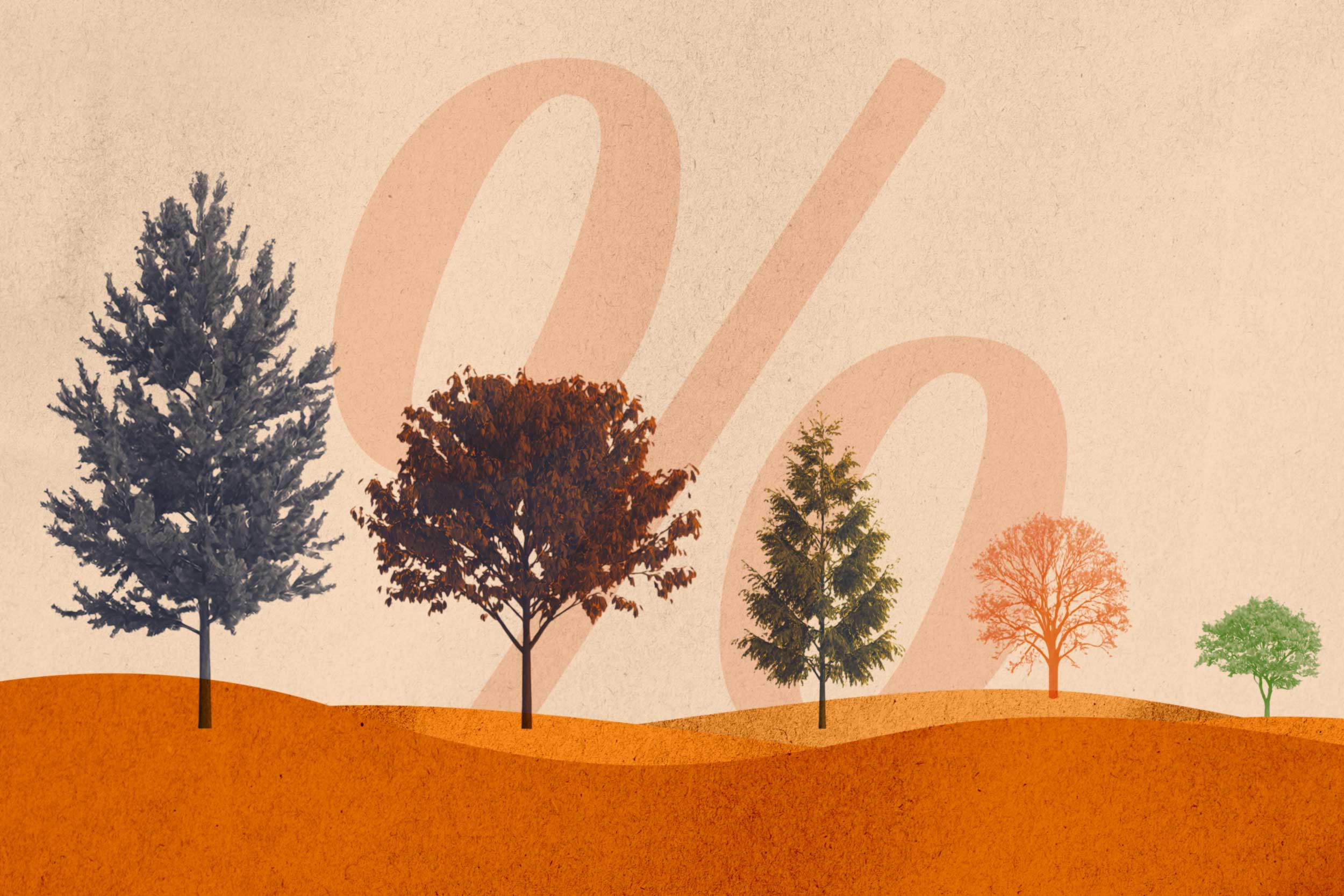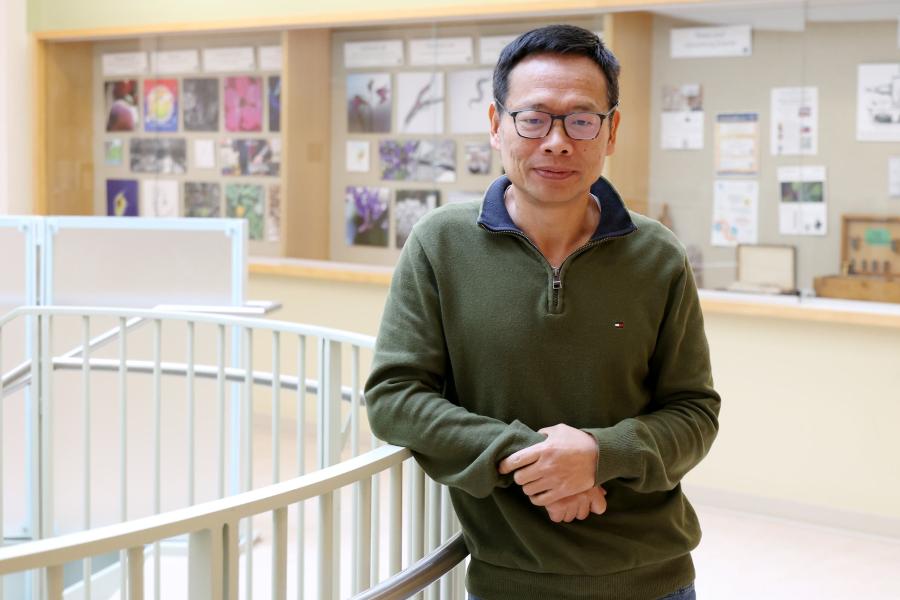If you’re wondering why squirrels seem to vastly outnumber raccoons – or why certain car brands dominate city streets – a team of University of Virginia researchers may be able to help.
Some species are abundant while most are rare. For nearly a century, scientists have sought a mathematical model to describe this pattern, the “hollow curve” species-abundance distribution, found universally within ecological communities. A recent breakthrough by a team within UVA’s Department of Biology seems to have finally cracked this ecological puzzle.
By analyzing 30,000 datasets ranging from the distribution of tree species across the United States to bacterial communities living in the human gut, they found that a model called the “powerbend distribution” accurately describes the species abundance across plant, animal and microbial communities. Their groundbreaking findings were published recently in the journal Nature Communications.

Martin Wu is a professor of biology. He is interested in how microbes evolve, adapt and diversify at the molecular, organismal and community levels.
The species-abundance distribution is one of ecology’s oldest and most universal laws, serving as a cornerstone of many biodiversity theories and ecological models.
“This is the first study to comprehensively examine all types of organisms, large and small.” said Martin Wu, UVA professor of biology and a co-author of the study. “We found that the powerbend distribution consistently fits communities of all life forms, habitats and abundance scales.”
This helps quantify the general trend of a few abundant species making up large parts of the community, while the rest is made up of rarer species. These trends hold in nature and human societies alike, Wu notes.
“If you walk around UVA, you might see a lot of squirrels and, only once in a while, a raccoon or fox,” he said. “If you look at cars on city streets, you’ll see a lot of Hondas, Toyotas or Fords, but there are many other brands you only see every once in a while.”
Wu said the model can be useful for biodiversity conservation, as it gives a reliable estimate of how species abundance is distributed naturally. It also helps us estimate the biodiversity around us.
“Previously, if I collected one gram of soil, I have no way of knowing how many bacterial species it contained,” he said. “Now that we have the model, I don’t need to enumerate every single cell in the soil and I can have a pretty good estimate.”
Before the emergence of advanced DNA sequencing technologies in 2008, it was very difficult to take a survey of microbial species, as scientists struggle to grow the vast majority of them in the lab.
“You can go to a forest to survey trees or use binoculars to look at birds, but until recent DNA sequencing technologies became available, we couldn’t easily survey microbes,” Wu said. “Since 2008, there’s been an explosion of microbial survey data, and we’re learning a lot.”










